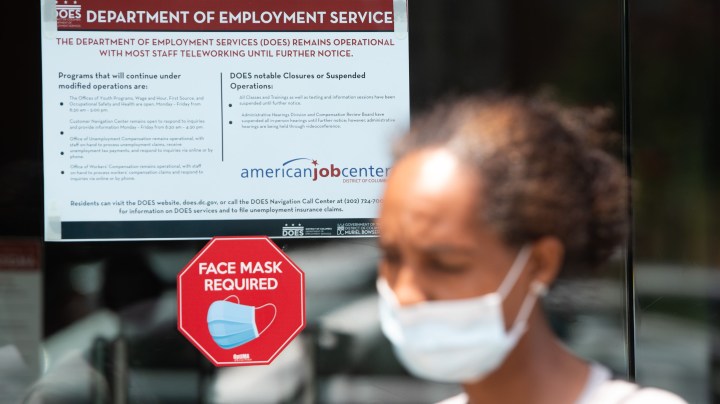
Analysis finds racial disparity in pandemic unemployment benefits
Analysis finds racial disparity in pandemic unemployment benefits

Hundreds of thousands of unemployed workers have now lost federal jobless benefits as Republican-led states cut off the pandemic emergency programs early. The benefits are set to expire nationally in September.
Although unemployment has fallen as vaccinations increase and economies reopen, it remains highest for Black workers, as it was prior to the pandemic. At more than 9% in May, Black unemployment was nearly double the rate for white workers.
The Government Accountability Office analyzed national census surveys and looked at federal unemployment program data from five states for periods during the pandemic. According to the analysis, out-of-work Black applicants have a harder time getting unemployment benefits. While white unemployment applicants reported getting benefits 80% of the time, Black applicants got benefits just 73% of the time, said GAO’s Thomas Costa.
“We started noticing some potential racial disparities in the way that beneficiaries were being approved for benefits,” Costa said.
It’s a pattern familiar to William Spriggs, an economist at Howard University. “This disparity is well known and has been documented. During the Great Recession, we had the same problem,” Spriggs said.
It’s partly by design, Spriggs added — back when the unemployment system was established in the 1930s, it excluded a lot of workers from eligibility.
“It did not conceive protecting workers who were part-time or workers who were in the service sector who got very low wages,” he said.
The workers Spriggs is referencing were — and still are — disproportionately Black. Federal pandemic unemployment programs should have helped compensate for inequities at the state level by expanding relief to more types of workers, but those programs are administered by the states and have very different systems, according to Andrew Stettner, a senior fellow with the Century Foundation.
“People of color tend to be concentrated in some of the states that are the most restrictive for unemployment benefits, like the Deep South and the Southwest,” Stettner said.
The unemployed in those areas often have to navigate long and complicated online applications or fight months-long appeals to get benefits, Stettner said, putting workers of color with fewer resources at a disadvantage.
There’s a lot happening in the world. Through it all, Marketplace is here for you.
You rely on Marketplace to break down the world’s events and tell you how it affects you in a fact-based, approachable way. We rely on your financial support to keep making that possible.
Your donation today powers the independent journalism that you rely on. For just $5/month, you can help sustain Marketplace so we can keep reporting on the things that matter to you.











